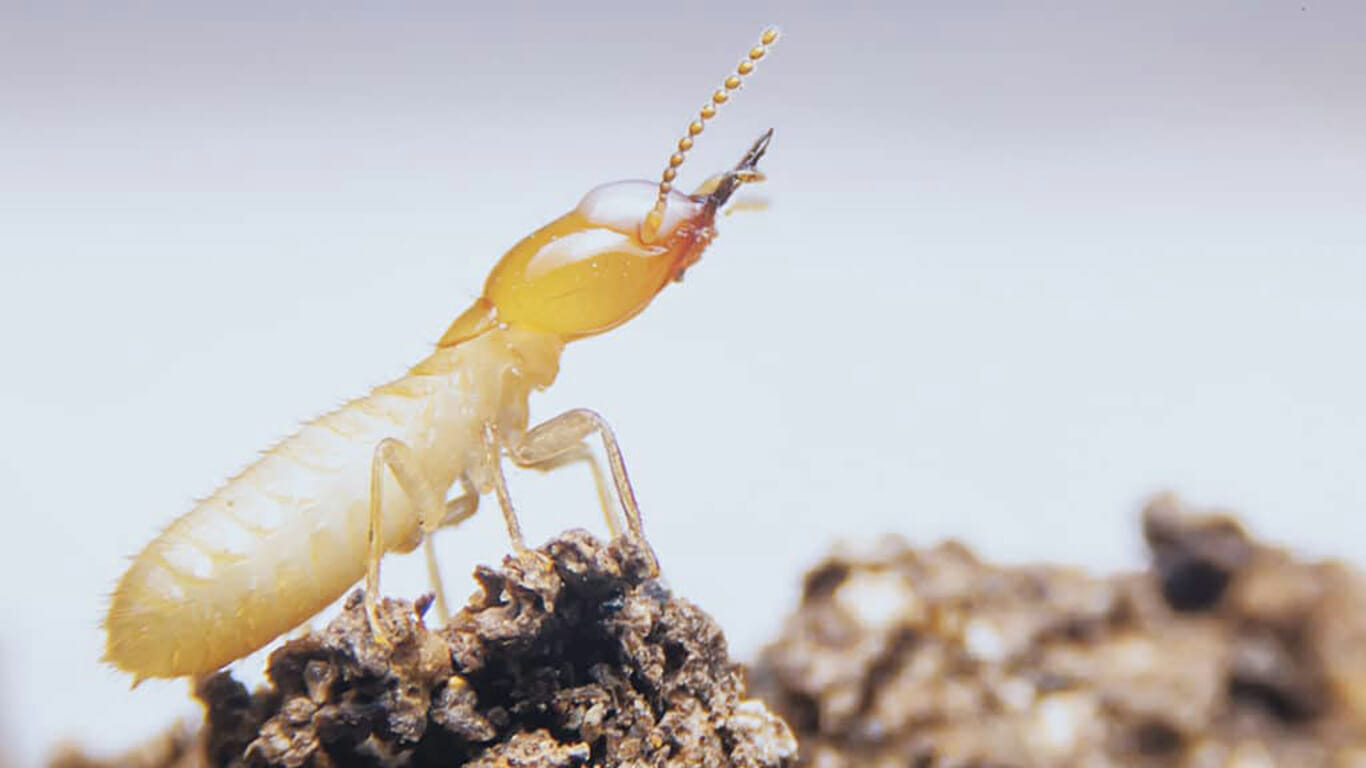You might not know it, but your home or business could be under attack. Right now. Even while you sleep or the doors to your commercial property are closed. And it’s not just one attacker – it’s thousands of them. For such tiny critters, termites can leave a path of destruction costing thousands of dollars. Measuring just 1 centimeter in length, termites are hardly worthy of fright.
But the sight of these little pests can cause terror because of their destructive habits. Termites can live full-bellied in your home or place of business without any signs of damage. Their eating habits could leave you with damage to the foundation, furniture, walls, floor boards, and carpets.
LEARN MORE: Here’s where scorpions hide in the fall
So, what’s the big deal about these little pests?
Termites are a common insect known by many names including “white ants” or the “silent destroyers.” Whatever you call them, these hungry little insects are capable of causing a lot of damage The termite’s closest relative is another common household pest – the cockroach.
Termites live in colonies, like bees and ants, with an equal number of males and females. Termites have been around for 250 million years, and almost 2,750 species have been identified, most of them native to tropical rainforests.
In their search for food (wood/cellulose) and moisture, subterranean termites will squeeze through cracks as narrow as 1/32 of an inch. Expansion joints, foundation cracks, tiny gaps around plumbing, and service entries are all potential entry points. And once they’re in, undetected termites can mean untold damage.
Unlike subterranean termites, drywood termites do not require contact with the soil in order to live. Consequently, they can enter your home or business on any floor or through the attic, rather than through cracks and gaps near your home’s foundation.
As an important part of the ecosystem, they feed on dead plants and trees, including wood and plant matter in the soil. Their voracious feeding habits help convert plant cellulose into substances that help support new growth. They measure only around a centimeter in length, but their mouths are capable of tearing off big chunks of food.
Interestingly, termites that aren’t native species to an area can cause the most damage; away from their natural element, they seek shelter in man-made buildings, causing tremendous damage to houses and furniture.
So, how do you know if your house or business is infested?
A temporary swarm of winged insects inside the house or emerging from the soil around your house is one sign. Swarms are most likely to occur in the springtime, when newly mature termites are drawn to the light, ready to find a mate and look for a place to start a new colony.
Other signs that you have termites-in-residence include cracked or bubbling paint, mud tubes on exterior walls, beams or crawl spaces, or signs of termite droppings. You can also tap on any wood that you suspect is infected – it will sound hollow.
What are the best preventive measures to take before they find their way into your home or business?
Termites thrive in areas with moisture. The first thing to do is eliminate this essential ingredient from their environment. Make sure your home’s faucets and pipes are in good repair; give your home’s gutters and vents a regular cleaning to ensure they’re clear and running smoothly; eliminate any standing water in your yard or on your roof; and don’t over mulch your plants. This will trap moisture right where termites like it best – around your home’s foundation.
While you’re at it, get rid of any tempting termite food around the foundation of your home such as firewood or plant debris. Besides these homegrown termite preventative measures, it’s a good idea to hire an exterminator for professional elimination services.
Only a pest professional will be able to assess your home for a termite infestation and help getting rid of the pests for good.
Author: Fernando Torres is the owner of CimeX Control Pest Management. For more information call (480) 364-7499 or visit cimexcontrol.com.




